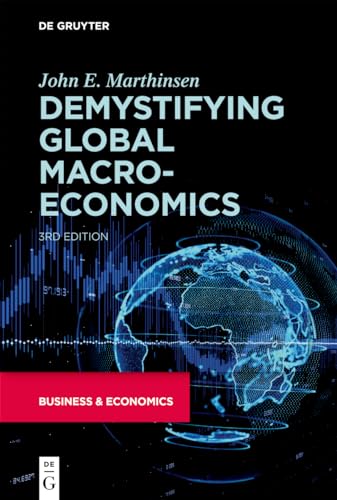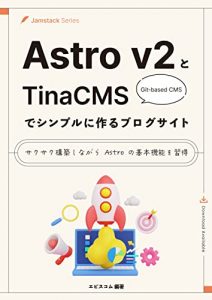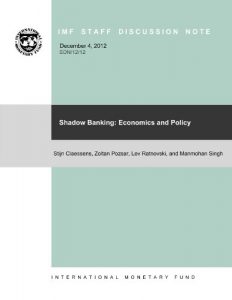1. Demystifying Global Macroeconomics by John E. Marthinsen
This book serves as a comprehensive guide to understanding the complexities of global macroeconomics. Marthinsen effectively breaks down intricate concepts, bringing clarity to readers who may find the subject intimidating. Ideal for both students and professionals, it covers essential topics like economic indicators, market dynamics, and policy implications that shape global finance. If you’re looking to strengthen your knowledge or enhance your practical skills in economics, this is a book you cannot afford to miss. Its clear explanations and engaging style make learning about macroeconomics accessible and enjoyable!
2. Financial Derivatives: A Supplement to the Fifth Edition (1993) of the Balance of Payments Manual
Authored by the Department of Statistics, this book is an essential supplement for those delving into the world of financial derivatives. It provides clarity on how these complex instruments can be managed, offering readers crucial insights into balancing payments and understanding economic activity correlations. This text is perfect for finance professionals seeking to deepen their understanding of derivatives and their application in real-world scenarios. Its focused approach ensures readers gain a comprehensive grasp of both theoretical and practical aspects.
3. Financial Derivatives by the International Monetary Fund
This volume is a detailed exploration of the financial derivatives landscape from an authoritative source. The International Monetary Fund presents a holistic view of how derivatives impact economies, risk management, and financial stability. This book is indispensable for anyone involved in finance, as it covers both foundational principles and advanced concepts. Whether you are a student, a researcher, or a practicing economist, the in-depth analysis provided will both enlighten and challenge your understanding of financial systems.
4. International Corporate Finance: Value Creation with Currency Derivatives in Global Capital Markets (Third Edition) by Laurent L Jacque
Jacque’s work stands out for its depth in corporate finance, particularly in harnessing currency derivatives for value creation in international markets. This text challenges the reader to think critically about strategic financial decision-making in a global context. It’s considered a critical read for finance executives and undergraduates alike, as it combines theoretical frameworks with practical applications. The upcoming third edition promises fresh insights and updates, making it a must-have for anyone studying or working in international finance.
5. Using the Balance Sheet Approach in Surveillance: Framework and Data Sources and Availability by Johan Mathisen and Anthony J. Pellechio
This insightful guide offers practitioners a framework for utilizing the balance sheet approach in economic surveillance, which is vital for maintaining financial stability. Mathisen and Pellechio’s exhaustive research provides important tools for policy makers and financial analysts alike. Through its detailed exploration of data sources and methodologies, it emphasizes best practices in economic monitoring. This is an absolute must-read for those involved in economic policy and finance.
6. International Reserves and Foreign Currency Liquidity: Guidelines for a Data Template by Anne Y. Kester
Kester presents crucial guidelines for understanding the importance of international reserves and liquidity in a globalized economy. This book outlines the strategies for reserve management and the implications for economic policy, making it an essential read for central bank officials and finance professionals. Its approach blends theoretical foundations with empirical research, offering users practical templates for data analysis. This resource is imperative for those looking to navigate the intricacies of currency management effectively.
7. INTERNATIONAL MONEY AND FINANCE by Michele Fratianni, Andreas Hauskrecht, Catalin Stefanescu
This three-way collaboration delivers an engaging study of international finance that is accessible yet incredibly informative. The authors explore global monetary systems, balance of payments, and issues such as currency stability and international trade. This book serves both as a textbook for students of economics and a reference for practitioners in the field. It thoroughly covers theoretical concepts and real-world applications, thereby making it indispensable for anyone engaged in global finance.
8. Reconstructing the World Economy by Il SaKong, Olivier J. Blanchard, International Monetary Fund
This book offers a critical examination of the world economy and presents ideas for reforming international economic policies and systems. SaKong and Blanchard delve into pressing issues such as financial crises and their global impacts. Their visionary insights provide scholarly reflections on past mistakes and guidance towards more sustainable economic practices in the future. This insightful reading is a must for economists and policy makers who wish to understand and shape the future of international economics.
9. International Reserves and Foreign Currency Liquidity: Guidelines for a Data Template (Second Edition) by International Monetary Fund. Statistics Dept.
This is a revisited edition that updates the frameworks for data templates related to reserves and liquidity, which have grown increasingly relevant in today’s economic climate. This book is fundamental for economists and researchers who require robust data to aid decision-making processes. It lays out important statistical guidelines that form the backbone of effective international finance policy, ensuring that readers stay ahead in understanding and utilizing data for economic resilience.
10. Sovereign Assets and Liabilities Management: Proceedings of a Conference Held in Hong Kong SAR by International Monetary Fund, D. F. I. Folkerts-Landau, Marcel Cassard
In this book, discussions from a prominent conference converge, shedding light on managing sovereign assets and liabilities. The proceedings offer an extensive review of strategies employed worldwide to manage national wealth effectively. It serves as an invaluable resource for public finance officials and policy makers. With its pragmatic approach, it engages readers to think critically about financial sustainability and invites innovative solutions for pressing economic challenges.














































